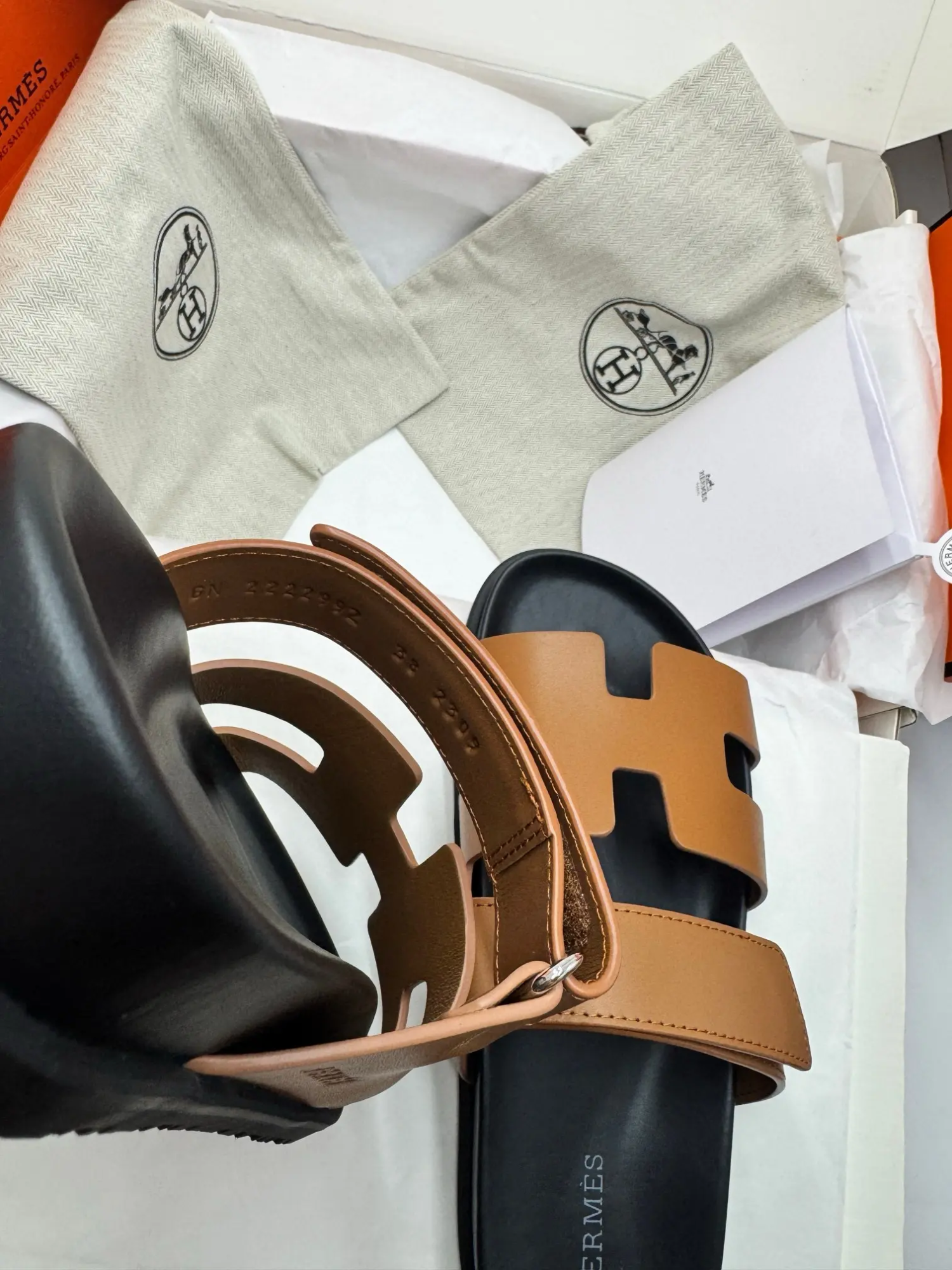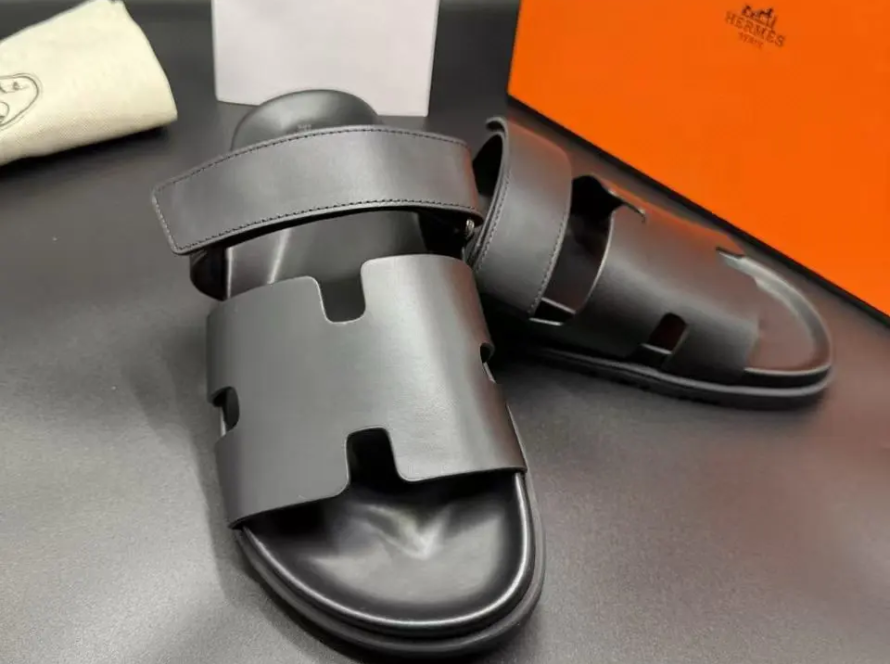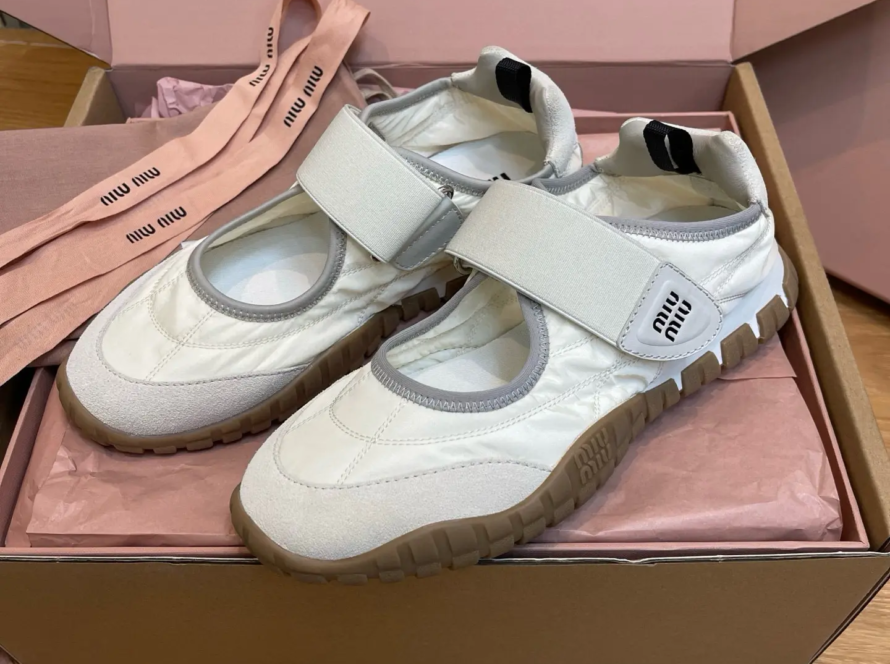
The art of revival: Shoe lacquer as a luxury craft for shoe preservation and personalization
For the discerning collector and connoisseur of fine footwear, shoes are more than just an accessory, they are an investment, an heirloom and a canvas for self-expression. Shoe lacquer appears not only as a restoration tool when wear or changing trends diminish their luster, but as a refined medium to enhance, customize and immortalize the quality of luxury footwear. Unlike typical DIY solutions, high-quality shoe paint embodies the fusion of art and science, giving enthusiasts agency over their collectible legacy.
Complex Science: Understanding Shoe Paint
Shoe paint is engineered to bond with materials like leather, suede, patented finishes and even exotic leathers, maintaining structural integrity while delivering vibrant, long-lasting color. Unlike standard dyes or polishes, high-end formulas prioritize:
- micropigmentation: Ultra-fine pigment penetrates leather pores without clogging them and maintains breathability.
- flexibility: Resin adapts to the movement of natural leather to prevent cracking or peeling.
- UV resistant: Prevents fading and ensures archival-quality color retention.
Quality brands such as sapphire, Angelusand colonel Leading the luxury segment, offering pH-balanced, non-toxic formulas that respect both craftsmanship and wearer safety.
When to Consider Shoe Paint: Beyond Basic Restoration
While wear or discoloration is the obvious catalyst, shoe paint also has subtle effects:
- color renaissance: Restore faded crimson loafers or sun-bleached white sneakers to their original glory.
- Creative customization: Transform a classic silhouette into a one-of-a-kind piece – think hand-painted patterns, ombre colors or metallic accessories.
- Material matching: Corrects differences in patina or dye batches for custom pairs.
- Resale value preservation: Pristine condition is crucial for coveted limited editions such as rare Jordan or Berluti collaborations.
Luxury Paint Range: Types and Applications
Choosing the right coating requires understanding material compatibility and desired results:
| type | most suitable | Deluxe use case |
|---|---|---|
| acrylic leather paint | Full recolor, bold design | Custom Gucci loafers with monogram detail |
| oil dye | Deep colors and natural finishes | Restored Hermès calfskin grain |
| Pigment Injection Cream | Subtle coloration that develops into a patina | Aged New Alden shells mimic vintage style |
| Metallic and pearlescent colors | Futuristic/personalized accents | Gilded edges on Saint Laurent boots |
Mastering the Craft: Techniques of Perfect Execution
Luxurious results require a meticulous approach. Follow this protocol favored by the Parisians Botiers (Master Shoemaker):
- Deconstruct and clean: Remove shoelaces and insoles. Clean with saddle soap, then deglaze with an acetone-free solution (such as Saphir Reno’Mat) to remove old wax.
- surface treatment: Lightly sand the worn area with 800 grit sandpaper. Apply a thin coat of leather primer to enhance adhesion.
- Layered application: Use a soft-bristle brush or airbrush system to create an ultra-thin, even coat. Cure 24 hours between coats.
- finishing: Sealed with matching patented (gloss) or matte finish. Light yellow with suede for a museum-quality shine.
For tips: For gradients (e.g., toe fade), thin paint with 30% acrylic thinner and mix with a makeup sponge.
Special materials require specialized care
Crocodile, ostrich or stingray shoe paint requires additional considerations:
- Avoid using acetone cleaners that can dissolve natural oils.
- use Water-based paint to maintain proportion/texture integrity.
- Test the opacity in discreet areas—exotics can absorb color unpredictably.
Pushing the Boundaries: Customized Fashion
High fashion is embracing shoe paint as a medium for avant-garde personalization:
- Custom request: The client commissioned an artist to hand-paint the family crest on Cleverley Oxford shoes.
- limited cooperation: Brands like AMBUSH release “unfinished” sneakers, encouraging owners to customize them.
- sustainable reinvention: Collectors aren’t throwing out outdated styles, but redesigning them according to the seasons.
Protect your masterpiece: Maintenance Agreement
Post-painting care ensures longevity:
- Weatherproof: Use Nano Protective Spray to protect against rain/salt.
- storage: Use cedar last and dust bag to prevent wrinkling.
- Modify: Keep paint matched for light touch-ups (store in a cool, dark place).
Conclusion: A combination of tradition and innovation
Shoe paint goes beyond restoration—it’s a tribute to craftsmanship, a rebellion against disposable products, and a celebration of individuality. Whether resurrecting a decade-old John Lobb derby shoe or collaborating with the studio on a bold Louboutin redesign, this art form allows luxury enthusiasts to redefine value. As a Milanese shoemaker (shoemaker) muse, “A painted shoe is not a new look, it’s a rebirth.”
FAQ: Shoe Paint for the Discerning Enthusiast
Q: Will shoe paint change the texture or softness of the leather?
A: Luxurious acrylics and creams retain the natural feel of leather. Avoid coating too thickly, which can make the material hard.
Q: Can I use shoe paint on vegan leather or synthetic fabrics?
A: Synthetic materials require flexible additive products (e.g., Angelus 2-Soft). Start by testing the adhesion of the interior seams.
Q: How do I get the paint to perfectly match the original color of my shoes?
A: Brands like Saphir offer over 150 hand-picked shades. For a custom match, send the sample to a specialist laboratory, e.g. Custom creation.
Q: Is professional application of rare parts worth the investment?
A: For traditional brands (e.g., Edward Green) or exotic brands, yes. The cost ($150-$500) prevents loss of value from DIY mistakes.
Q: Do painted shoes require special cleaning?
A: Use a pH-neutral cleaner. Never soak – wipe gently with a damp microfiber cloth.
Q: How long does shoe paint last before it needs to be reapplied?
A: High traffic areas (toes/heels) may require annual touch-ups. Well-maintained uppers can last 3-5 years.
Q: Can I effectively paint over patent leather?
A: Yes, but sanding the glossy finish is crucial. Choose a patented specialty finish to replicate a glass-like shine.
Q: Are there any unscented options suitable for indoor use?
A: Water-based paints, such as Angelus Aqua, have lower VOC levels. Still, keep the space ventilated during the curing process.
Elevate your shoe narrative with the intention, expertise and transformative power of pigment.



